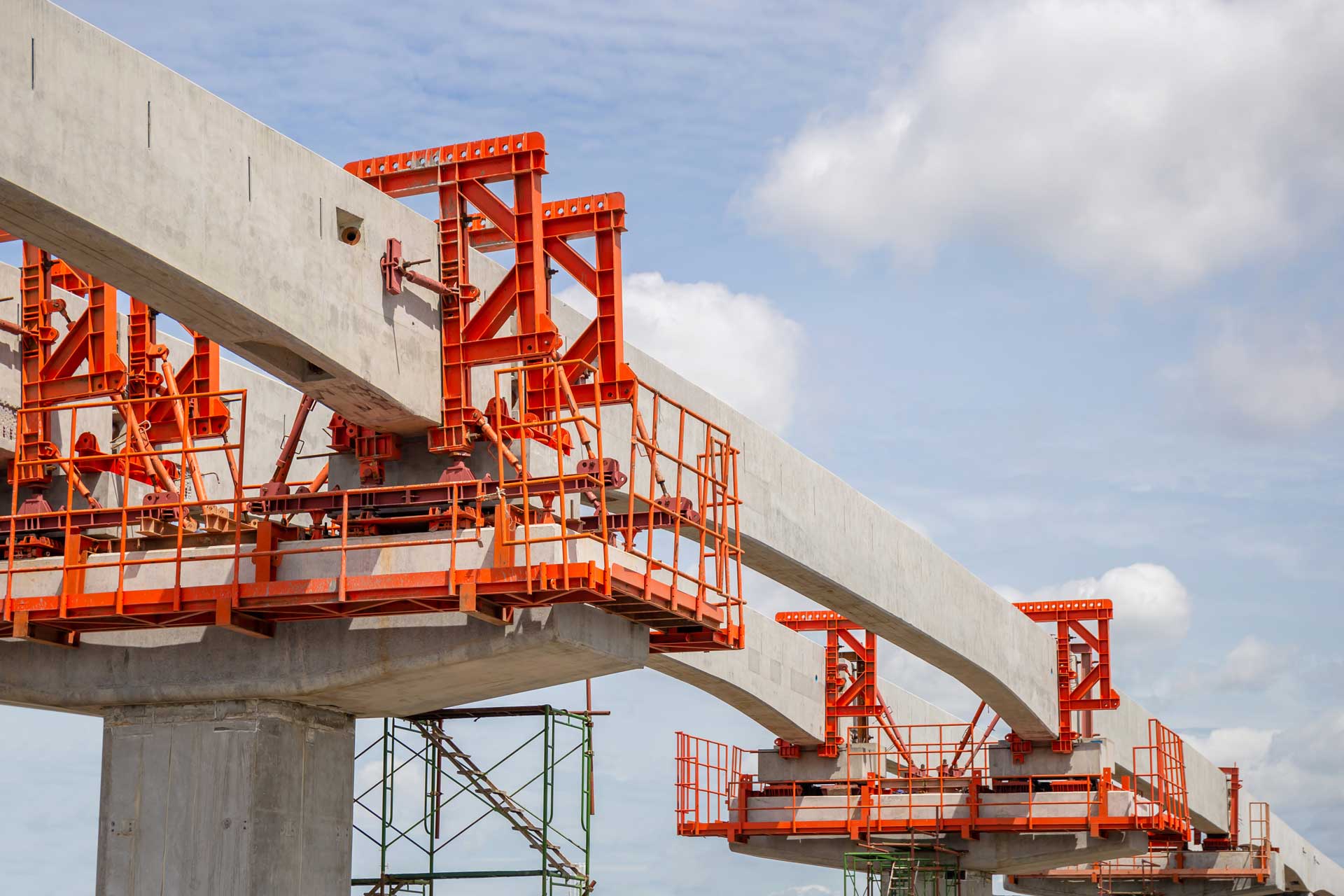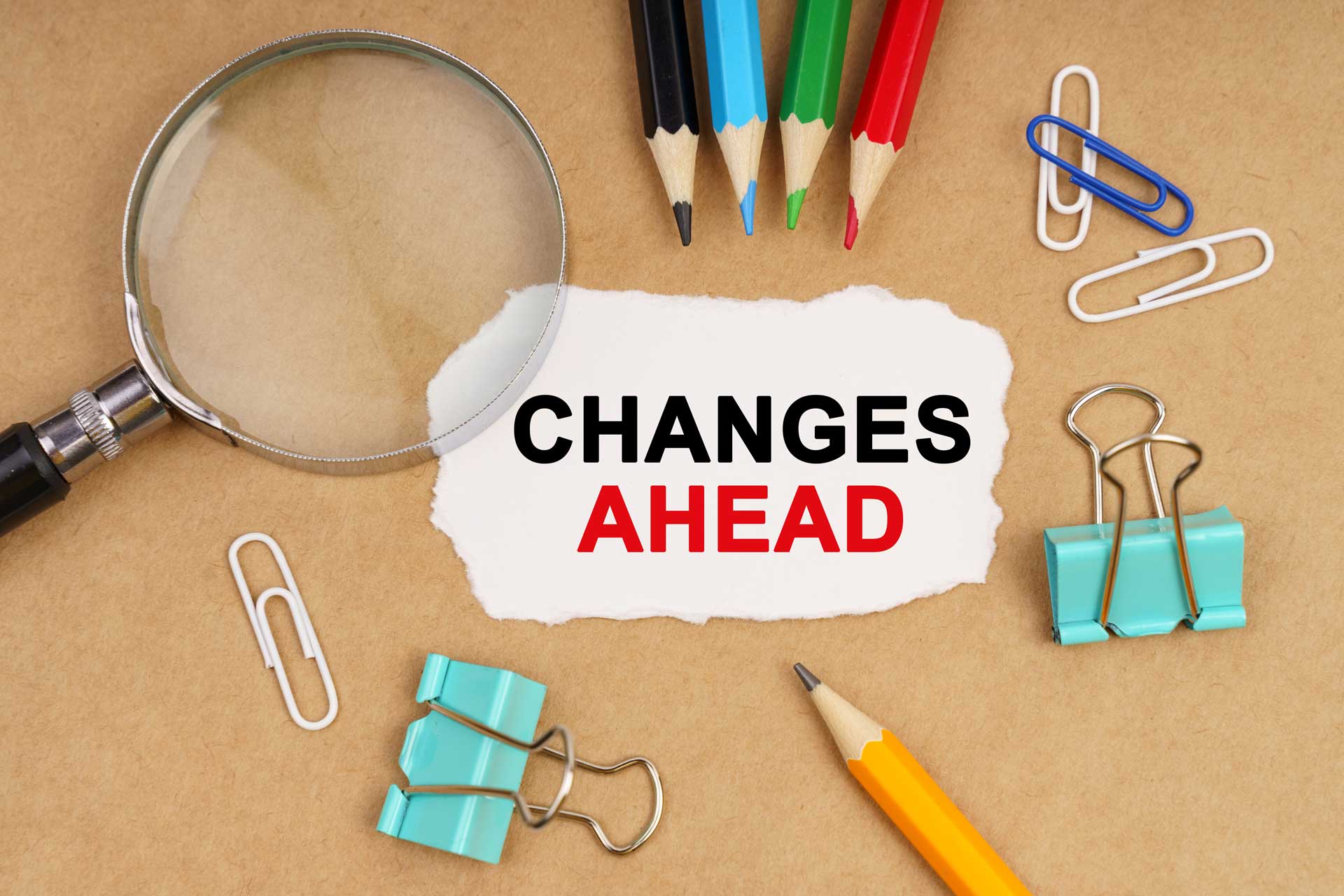No doubt, uncertainties stemming from the impact of inflation, supply chain issues, labor shortages, and more have you focusing on every aspect of your business, from overall strategy and pricing to contracts, inventory, purchasing, and more. The last thing you need are mistakes related to your financial reporting and forecasting. Making adjustments to reporting and forecasting to reflect how macroeconomic factors are affecting your business is important. Following are considerations to help you think through the factors that may impact reporting and forecasting compliance.
General Considerations
- Are your business cost structures changing? Will this continue in the future?
- Is the impact of uncertainties short- or long-term? How does that affect related accounting estimates?
- How are your forecasts impacting accounting estimates for goodwill and other long-lived assets for impairments? Are valuation allowances for the recovery of deferred tax asset balances needed? Are your liquidity and going-concern presumptions affected?
- Are you meeting U.S. GAAP and/or SEC disclosure requirements?
Inflation
- With inflation increasing costs to acquire goods, inventory, packaging materials, and even employee pay, should you consider passing on increases to customers via price increases?
- If your company has long-term revenue contracts impacted by increased costs that you may not be able to pass on to customers, your business may experience a profitability decrease or loss. How will this impact accounting for the contract? Which period do you record the loss?
- If you are renegotiating long-term contracts like leases or supply agreements, do you need to reassess their classification and measurement?
- Are interest rate increases and fixed-rate financial asset decreases impacting estimated credit and loan loss reserves?
- Are you changing your company’s investment strategy and any related accounting and reporting requirements?
- Are you using the right discount rate for pension-related liabilities? While pension liabilities and related employer contributions may be lower due to higher interest rates, are they offset by higher employee wages?
Labor
- Are your labor costs increasing? What are the accounting implications? Can you offset higher labor costs with price increases?
- Has your company increased hourly wages, bonuses, incentive, or stock compensation or benefits? Do you know the implications on your accounting practices? For example, which period should you recognize retention bonuses? Do compensation structure and workforce changes warrant changes to assumptions used for pension liability?
- Is the labor shortage requiring you to operate at a reduced capacity? If so, are there costs capitalized into inventory that should be expensed now (i.e., rent or depreciation)?
- Do you have the right people with the right skills monitoring your internal controls, including those related to IT?
Supply Chain
- Are supply chain costs significantly increasing and included in inventory? Should you adjust the cost of inventory based on its expected net realizable value? Should you consider using different materials, other suppliers, and/or a price increase to manage supply chain increases?
- How are you reporting raw materials, finished goods, and supplies on your balance sheet? What is the actual point in time that you take ownership of each? Do your accounting processes and internal controls accurately capture inventories?
- Do your cutoff procedures accurately help you recognize revenue in the right period?
- If you are adjusting manufacturing processes or using different materials to manufacture products, does this affect warranties – including terms and conditions, product life cycle, or expected claims – and related accounting?
If you need a partner to help guide you through accounting, tax, and bookkeeping during uncertain times, call RBT CPAs. We’re here to help and provide you with peace of mind related to your accounting, reporting and forecasting, so you can focus on all of the other things you need to do to survive and thrive in 2022 and beyond.










